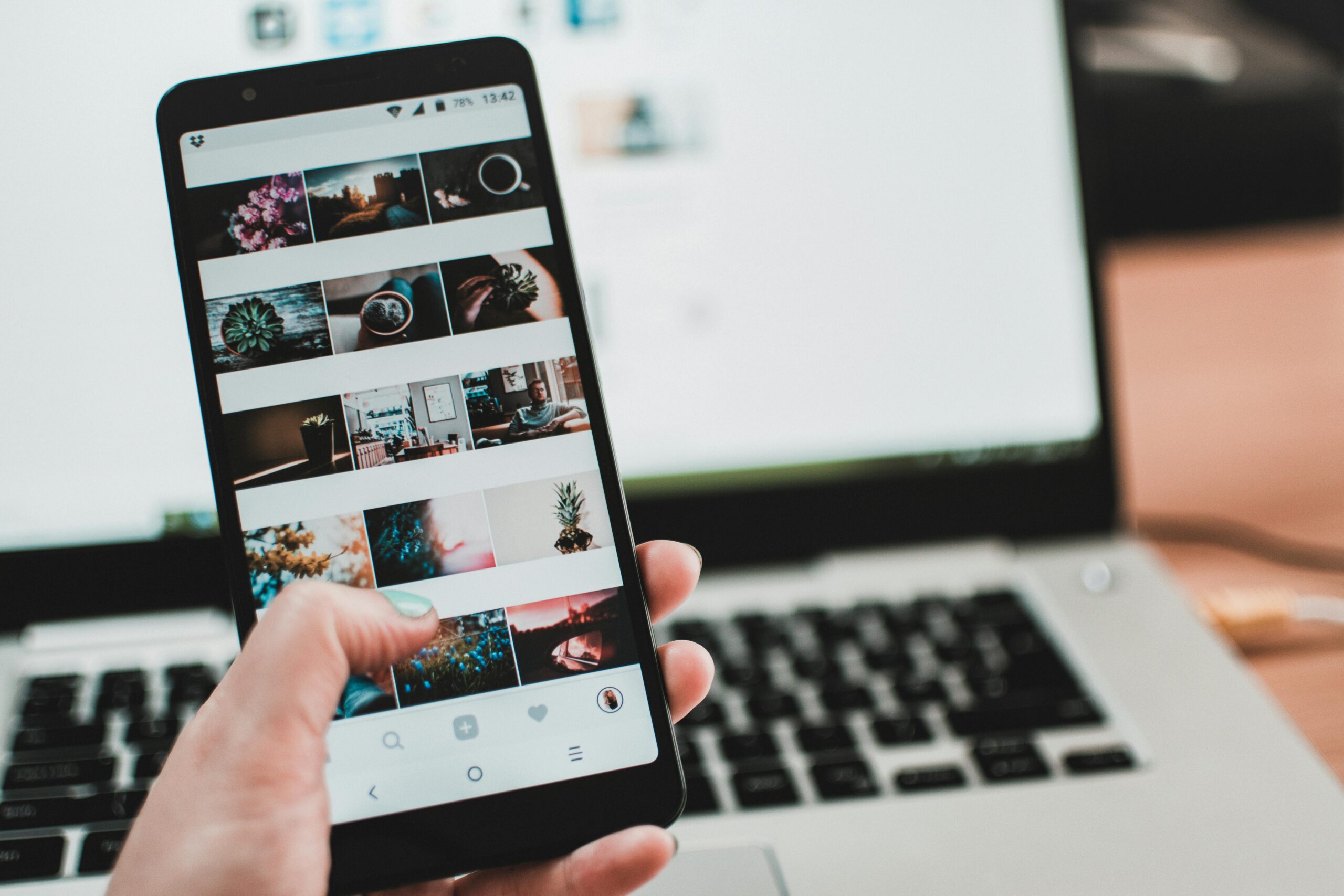Compliments have always been one of humanity’s most powerful social tools.
From ancient love letters etched in stone to poetic verses inked on parchment, humans have long used words to express admiration — whether romantic, professional, or platonic.
But today, compliments arrive not through scrolls — but through screens.
With the rise of:
- Dating apps
- Social media DMs
- Email newsletters
- Text-based flirting
The art of complimenting has evolved — and so has its impact.
In this guide, we’ll explore:
- How complimenting has changed across history
- Why digital praise feels different than spoken or written flattery
- Real-world examples from Shakespearean poetry to TikTok comments
- And what psychology says about why some compliments still make us blush
Let’s dive into how complimenting has moved from scrolls to screens — and why tone matters more than ever .
A History of Praise: How We Used to Compliment
Before texts and emojis, compliments were delivered with intention — often in writing that took effort.
📜 Ancient Compliments: Poetry as Proof of Admiration
Think of the love sonnets of Shakespeare , where men praised women’s eyes, lips, and presence in ways that felt both personal and poetic.
“Shall I compare thee to a summer’s day?”
— William Shakespeare
These weren’t just lines — they were declarations.
And while modern flirtation may lack quill and parchment…
It still carries emotional weight.
19th-Century Love Letters: Personal, Thoughtful, and Sincere
Love letters once defined romance.
They were:
- Carefully written
- Delivered by hand or post
- Often read multiple times
- Sometimes even framed
Each line was chosen with care — because once sent, there was no editing or deleting.
Because back then…
Words were permanent.
Today?
They’re ephemeral — but emotionally charged.
Early 20th Century: Compliments Through Spoken Charm
As telephones and face-to-face culture grew, compliments became verbal — and more spontaneous.
You might hear:
“You look stunning tonight.”
“I admire your confidence.”
Spoken praise carried tone, warmth, and eye contact — making it feel more immediate, more human.
But it also faded quickly — unlike written words.
The Digital Shift: Compliments in the Age of Screens
Fast forward to the 21st century — and the way we give and receive compliments has changed dramatically.
Now, they come in forms like:
- Emojis 🙃
- Likes ❤️
- Retweets 🔁
- Comments 💬
- Voice notes 🎙️
And while the medium has changed, the goal remains the same:
To make someone feel seen, valued, and appreciated.
But now, we do it with fewer words — and more emotion.
Key Differences Between Past and Present Complimenting
Despite these differences, the core purpose hasn’t changed:
A good compliment makes someone feel better about themselves — instantly.
Why Some Compliments Land Better Than Others
Not all praise works the same way — and not all make people feel good.
Here’s what science says about modern complimenting.
🧠 Psychological Insight: Identity-Based Praise Works Best
According to research published in Social Psychological and Personality Science , people respond more strongly to compliments tied to who they believe they are — rather than just how they look.
Example: 🚫 “You’re beautiful.”
✅ “You carry yourself with calm — it makes me want to listen more than usual.”
One fades fast. The other sticks.
Because real charm doesn’t come from looks — it comes from character.
Real-Life Examples: When Compliments Crossed Time and Technology
Let’s explore how compliments evolved — and what still makes them land well.
The TikTok Comment That Felt Like a Love Letter
A creator received a comment:
“Your energy feels rare — wanted to say hi before I lost my nerve.”
She messaged him back — and their conversation turned into a relationship.
💡 Why It Worked: He led with curiosity — not boldness.
He showed interest — without pressure.
Just like a love letter — only faster.
The Text That Made Her Rethink Him
He’d been casual friends — until he sent:
“I wasn’t going to flirt today… but clearly, I failed.”
She replied:
“That made me smile longer than I expected.”
💡 Why It Worked: His message felt sincere — and she noticed.
Because the best compliments aren’t forced — they’re felt.
The LinkedIn Message That Built Trust
A recruiter sent:
“You write with clarity — it’s rare in our industry.”
Instead of feeling salesy, it built rapport.
She responded warmly — and later accepted his offer.
💡 Why It Worked: He focused on her presence , not just performance.
And sincerity builds trust — in any context.
How to Give Compliments That Still Matter Today
Want your words to land like a classic love letter — but travel like a text?
Here’s how to compliment effectively in the digital age.
✅ 1. Lead With Curiosity, Not Flattery
Instead of saying: 🚫 “You’re amazing.”
Try: ✅ “What’s something most people miss about you?”
This invites connection — not just ego.
😏 2. Use Humor to Disarm Tension
Playfulness builds comfort — and makes compliments feel less rehearsed.
Try These:
✅ “I think my phone cracked when I saw your picture. Worth it.”
✅ “Are you magic? Because every time I see your name, I forget what I was doing.”
Don’t force it — let humor match your natural voice.
❤️ 3. Acknowledge Presence Over Looks
People remember compliments that speak to who they are — not just how they appear.
Good vs. Bad Examples:
🚫 “Smiling makes you prettier.”
✅ “Your vibe seems like the kind of joy I’d want to experience in person.”
One objectifies. One honors.
And the difference shows — especially over time.
4. Let Silence Speak Too
Sometimes, the most powerful move isn’t a bold line — it’s a thoughtful pause.
Example: ✅ “Now I’m going to stop before I say too much…”
✅ “I hope this doesn’t ruin our vibe — but I genuinely enjoy talking to you.”
This gives space — and often sparks deeper replies.
🤝 5. Match Her Energy Before Cranking It Up
If she’s witty, flirt back with cleverness.
If she’s thoughtful, engage with depth.
If she’s playful, keep it light.
Because the best compliments don’t just praise — they align .
Frequently Asked Questions (FAQ)
Q: Do compliments still matter in digital communication?
A: Yes — especially when personalized, thoughtful, and timed well.
Q: Should I always compliment someone after matching?
A: Only if it feels genuine — otherwise, lead with curiosity instead.
Q: Are emoji-based compliments effective?
A: Sometimes — but avoid overusing them. Pair with warm text for real impact.
Q: What if my compliment gets ignored?
A: Don’t panic. People ignore messages for reasons beyond disinterest — timing and tone matter.
Q: Can a compliment change how someone sees me?
A: Absolutely — especially if it reflects who they believe they are — or want to be.
Final Thoughts
Complimenting has never been about volume — it’s always been about value.
Whether carved into stone, whispered at dinner, or typed into a DM — the right words can still shift someone’s mood, spark chemistry, or build lasting trust.
So next time you send a message — don’t just go for the emoji or the joke.
Go for the line that lands softly — but stays forever.
Because in the world of digital praise…
Clarity beats complexity.
Tone beats timing.
And identity-based flattery beats appearance-based praise every time.
And sometimes, the most powerful compliment isn’t said out loud…
It’s typed — and read — with a smile.





